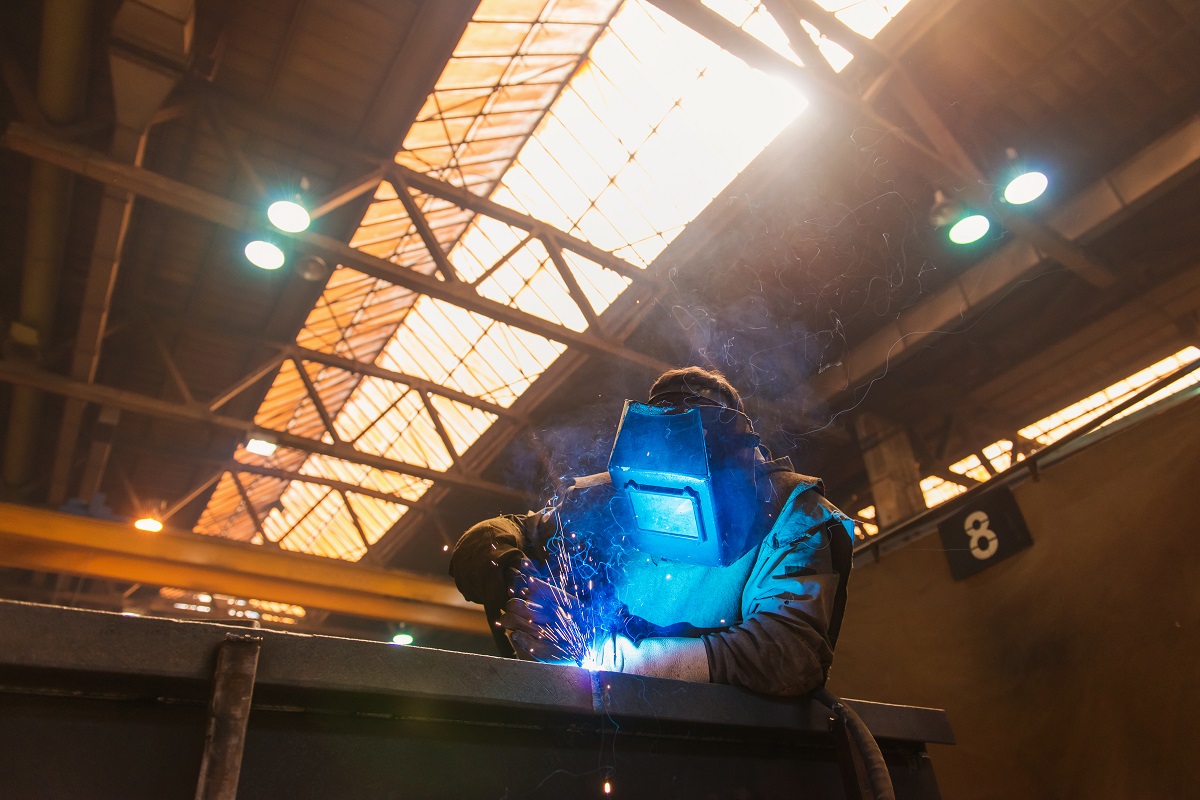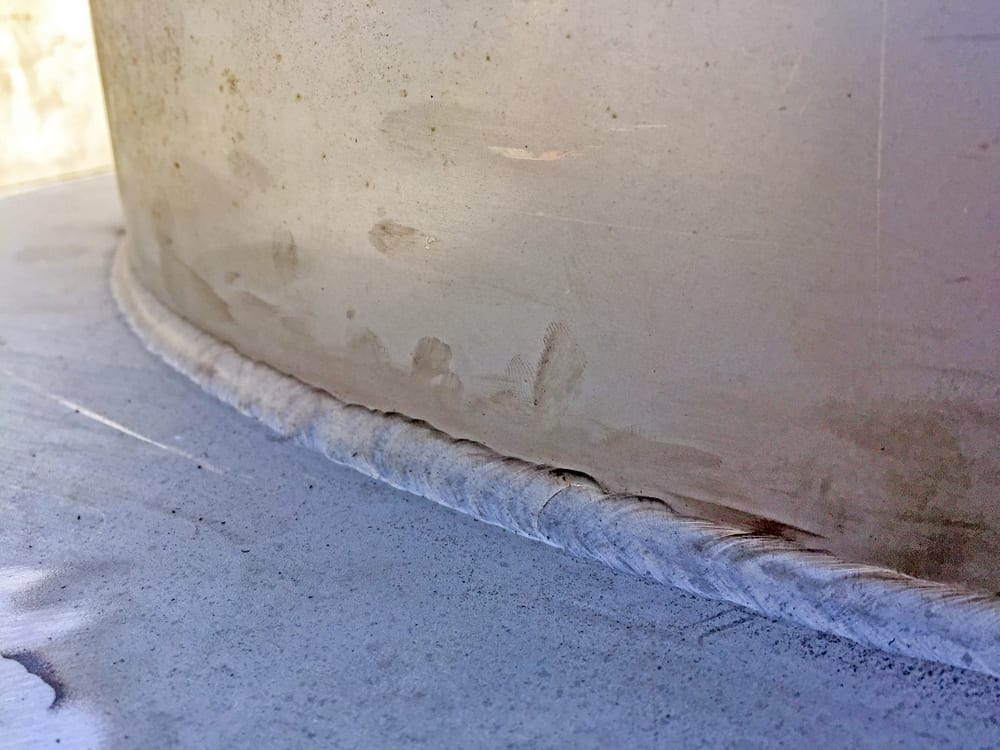Your Full Manual to Preventing Weld Undercut Like a Pro
Your Full Manual to Preventing Weld Undercut Like a Pro
Blog Article
A Comprehensive Overview to Identifying, Fighting, and Repairing Undercut Welding Issues in Your Welding Projects
In the world of welding, experiencing undercut concerns is an usual challenge that can compromise the structural stability and overall high quality of your welding tasks. Understanding the origin creates behind undercut welding, having the ability to accurately spot it in your welds, and implementing effective preventative measures are essential skills for any type of welder. In addition, having the expertise and methods to rectify undercut troubles when they do occur can make a considerable distinction in the last end result of your welding ventures. Stay tuned as we explore the important elements of recognizing, preventing, and repairing undercut welding troubles, providing you with valuable insights and methods to elevate your welding skills to the following degree.
Common Causes of Undercut Welding
Undercut welding, a typical problem in welding procedures, can be triggered by different elements that require to be carefully identified and resolved to guarantee the honesty of the weld joint. One of the primary reasons for undercut welding is too much warm input. When the welding criteria, such as voltage, current, or take a trip speed, are not properly set, an extreme quantity of heat can be created. This excess warm results in the melting and subsequent elimination of the base material along the edges of the weld joint, producing a groove referred to as undercut.
One more typical cause of undercut welding is inappropriate welding method. Identifying these origin triggers and implementing rehabilitative procedures is vital in avoiding and fixing undercut welding issues in welding tasks.
Identifying Undercut in Welds

To recognize undercut properly, correct lights and magnifying devices are vital to inspect the weld joint thoroughly. Using devices such as a welding scale or a magnifying glass can aid in spotting also the smallest undercut flaws. Furthermore, running a finger or a fingernail along the weld joint can in some cases expose undercut, as the surface might really feel irregular or have a dip where the undercut exists.
Safety Nets for Undercut
Having a deep understanding of the reasons for undercut in welds enables for the application of effective safety nets to maintain weld top quality and honesty. One vital preventative procedure appertains weld joint preparation. Making certain that the sides are clean, without impurities, and appropriately beveled can substantially decrease the likelihood of undercut (Preventing weld undercut). In addition, choosing the suitable welding criteria, such as voltage, existing, and travel rate, is necessary. These settings need to be enhanced to avoid excessive warm input, which can result in damage formation.

Strategies for Taking Care Of Undercut

Raising the welding current or lowering the travel rate can help fill up in the undercut. see post In addition, altering the welding strategy from a push to a drag or vice versa can also assist minimize undercut.
One more strategy is to use a weaving movement while welding to make certain proper sidewall combination and fill in the undercut. By oscillating the welding arc back and forth within the weld joint, the welder can deposit a lot more filler product into the undercut areas, properly eliminating the problem.
Furthermore, grinding out the undercut and rewelding the joint can be a feasible solution for much more serious undercut concerns - Preventing weld undercut. This process involves eliminating the undercut area, preparing the base steel, and then rewelding the joint with proper welding parameters and strategies to avoid undercut from persisting

Professional Tips for Avoiding Undercut
Utilizing proper welding techniques and keeping control over vital welding criteria are critical approaches for welders intending to avoid undercut in their weld joints. One professional suggestion for avoiding undercut is to ensure correct joint prep work. This includes cleaning the base steel extensively to eliminate any impurities that might result in undercut development. Furthermore, selecting the ideal welding procedure and filler metal for the details application can assist avoid undercut. Welders need to likewise pay attention to Visit Your URL the welding existing and voltage settings, ensuring they are within the suggested array to avoid getting too hot and prospective undercut. Keeping a constant travel rate during the welding procedure is another essential pointer to stop undercut. By moving at a consistent pace, welders can make certain appropriate blend and decrease the chance of undercut formation. you can try these out Last but not least, examining the weld grain after completion can aid identify any type of signs of undercut early on, permitting for immediate rehabilitative action to be taken.
Final Thought
To conclude, recognizing, protecting against, and fixing undercut welding problems in your welding jobs is important for making sure sturdy and solid welds. Preventing weld undercut. By understanding the common sources of undercut, having the ability to determine it in welds, applying preventative actions, and making use of correct strategies for dealing with undercut, you can stay clear of possible problems and produce top notch welds. Complying with professional suggestions for preventing undercut can help you improve your welding abilities and generate much better results in your projects
Undercut welding, a common concern in welding procedures, can be triggered by various factors that require to be very carefully determined and addressed to ensure the honesty of the weld joint. Furthermore, running a finger or a fingernail along the weld joint can sometimes disclose undercut, as the surface area may really feel unequal or have a dip where the undercut exists.
Using proper welding strategies and preserving control over key welding criteria are important approaches for welders aiming to prevent undercut in their weld joints.In verdict, determining, preventing, and dealing with undercut welding issues in your welding projects is vital for guaranteeing solid and long lasting welds. By understanding the usual causes of undercut, being able to recognize it in welds, executing preventative steps, and utilizing appropriate strategies for repairing undercut, you can stay clear of prospective concerns and create top notch welds.
Report this page